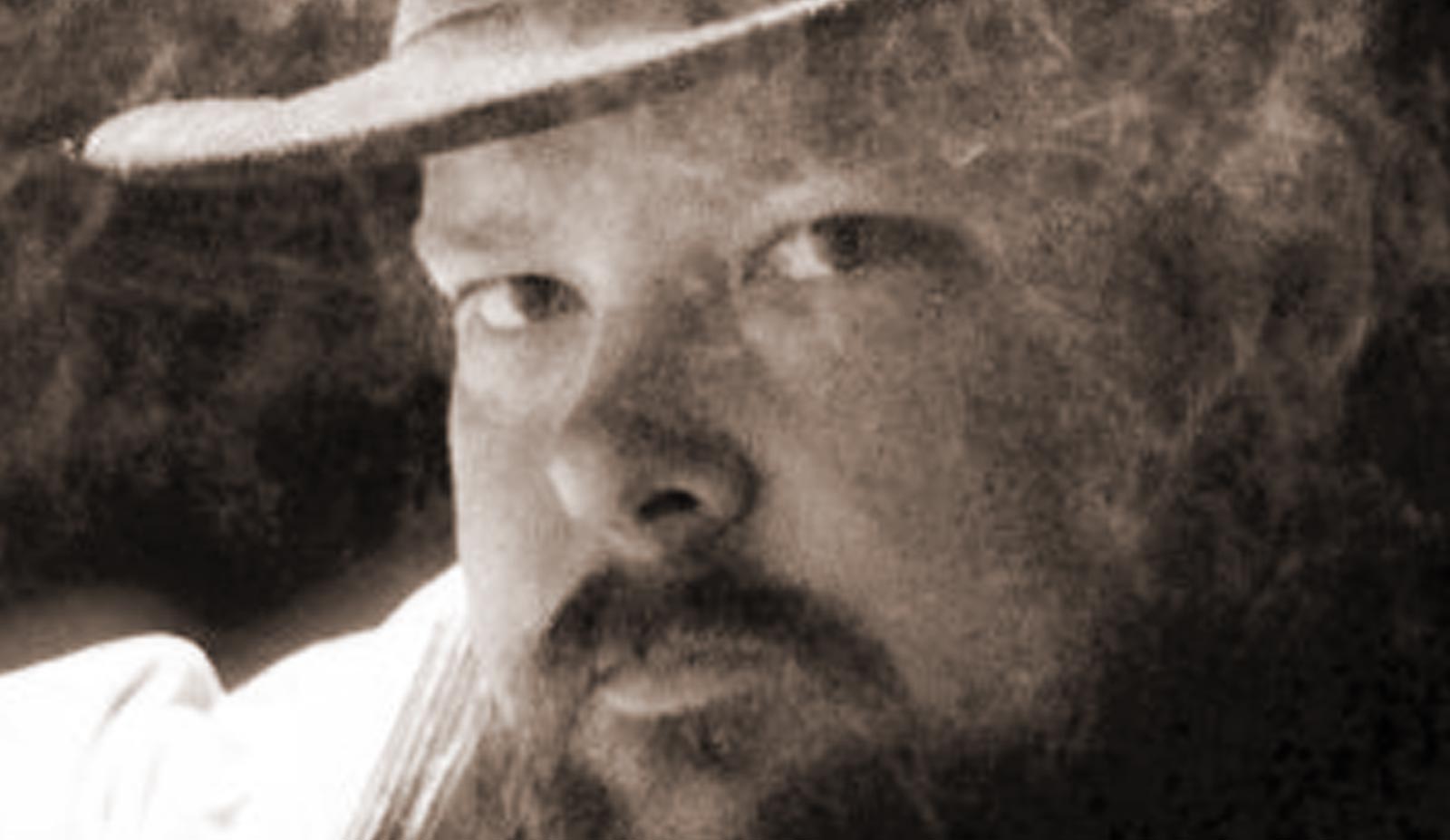“Descriptive” is a common compliment for books. Perhaps too common – one of the usual downfalls of newer writers is the tendency to over-describe every aspect of their stories, from the characters to the setting to the teapot in the cupboard.
Characters should be described. So should setting. That teapot, though, probably doesn’t require the readers’ attention, and you should not be wasting your authorly breath on it. Too much description, even of vital elements of the story, bogs down your narration and leads the reader to start skipping entire sections of your story – assuming, that is, they don’t simply quit reading.
How much is too much? At what point do you go from “very descriptive” to “bloated and boring?” With writing, there are never any rules – only guidelines. The following are a couple of mine.
1. Don’t Break the Rhythm
Large descriptive blocks have their place. Sometimes it is not only necessary, but pleasant, to have a nice complete picture of some element of the story. Generally speaking, though, the story does not continue within these parts. It halts, or at least slows down, so that your reader can take the time to construct the scene you have set for them within their mind. This makes for slower reading and a pensive feel to the writing.
This means that you should not be including these parts during a conversation or any other action that you don’t want interrupted. The easiest place to put them are at beginnings and ends of chapters – natural breaking points in the narrative, when the reader isn’t expecting fast-paced action or a swift flowing plot. Alternatively, you can purposefully slow down the flow of a scene (think a slow-motion moment in a movie) with the inclusion of more detailed description.
2. Detail Denotes Importance
Remember the teapot above? There could be perfectly good reasons to describe it in detail. Maybe it is a favorite teapot of the main character and is later used to poison somebody. Maybe it is actually the home of a wayward genie (who inhabited the wrong household object). The point being that if it is central to the plot, it deserves more attention – a lingering of the narrative focus.
This trait is especially fun to play with if you, as a writer, enjoy playing games with your readers. Signal the importance of an object with how much time you spend describing it. Describe an ornate dagger upon the mantel, and in the next paragraph a fine pair of brass fire-pokers. Your readers will expect those items to come up again. You see this sort of effect in thrillers and murder mysteries all the time, but it can be amusing and effective in any genre.
This particular guideline applies not only to objects, but characters – and even parts of characters. General physical appearance rarely plays a central role in my stories, but I often want to mark out a particular character with some defining trait – their height, or a limp, etc – that helps the reader keep the characters straight. Thus, if I spend a great deal of time describing a character – their clothing, face, hair, eyes, etc etc – the reader knows to expect more from them. It is especially useful after the story is well underway, if you are introducing a character that will play a major role and not just another member of the support cast.
Here’s a shortcut for this one: No matter what you are describing, rate its importance to the story on a scale from 1 – 5. Then describe it in that many sentences (tip: very few things should rate above a 3).
3. Let the Reader’s Mind Work for You
First of all, forget anything you’ve heard about “the characters choose what they do” or “the characters are real people!” It’s a romantic bit of foolishness at best, and nonsensical hyperbole at worst. Characters aren’t real people, they are approximations of real people. Even the most fully realized character is still only a shadow of a genuine human being. There are entire parts of their history, their thoughts, their likes and dislikes that will never be touched upon.
Why, then, do some characters seem so real to to readers? Why don’t they notice the gaping chasms of missing information?
First of all, because the “missing” parts never come up. They are not pertinent to the story. These aspects of a character may even have been considered by the author, but there was no vital role for the information to play in the story. To wit: They are the answers to questions we never think to ask.
Secondly, and more importantly: The reader fills in the missing bits. They project traits they admire or loathe into characters you have made them admire or loathe, rounding out the hard edges and filling in the blanks. They don’t do this consciously and to them it may seem that the author implied every bit of the information they themselves supplied. However, it is likely that the reader has ‘filled in’ traits for the character that the author never even thought about.
This same phenomenon takes place with most other descriptions, as well – provided there is some basis of comparison for the reader. Most of us have a general idea for what a castle looks like, and a swamp, and a sword, and mountain range, so whatever ‘gaps’ get left in the descriptions of such can be filled in easily. The more outlandish the object you describe, or the less likely it is to have a real-world correspondence, the more completely you need to describe it.
This means that you can make use of strategic absence of detail, by describing the main important bits and letting the reader think what they will about the rest, like building the shell of a house and letting the reader do the decorating.
4. You Don’t Need to Be Exact
Remember always that the majority of details are not essential to the story – it’s why they’re called details. Your primary purpose is to keep the reader moving through the story in a compelling manner, not to ensure that you and they share the exact same mental picture of The Great Fortress of Doom and it’s Thirteen Towers of Terror.
Chances are, you got some sort of imagery going in your head just by reading that – a big fortress with thirteen towers. Personally, I pictured dark stones and a stormy purple sky. No matter what your head cooked up, and no matter how wildly it differed from mine, I could tell entire stories in and around that fortress without ever describing it too vividly, because while it as a setting is probably important to the story, the minutia of its appearance may not be.





